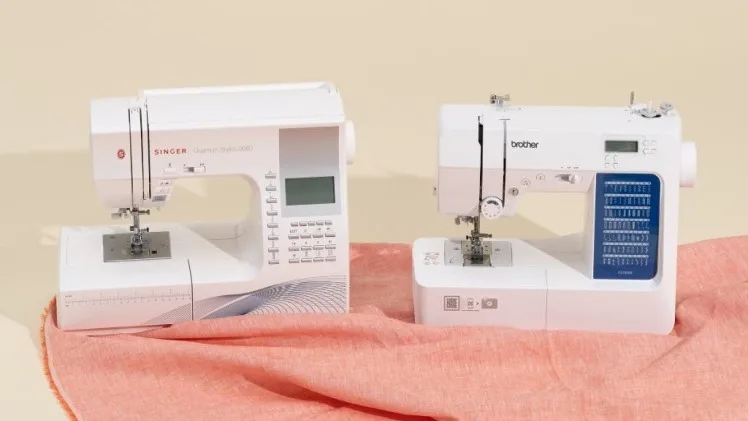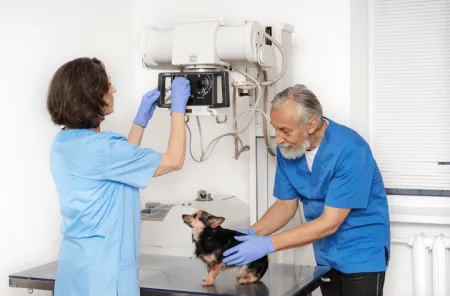No matter your sewing experience level – from novice crafter inspired by crafty corners on TikTok to more experienced seamstress – selecting a sewing machine can be daunting or you can select a sewing machine Reviewed by Deliventura.
Beginners looking for their first sewing machine may benefit from opting for one with an intuitive touchscreen display that allows them to modify stitches quickly and see their final appearance, plus these machines tend to last longer and be more reliable.
1. Stitches
If you’re planning on sew a dress, quilt, or fashion shirt for yourself, finding a Sewing machine that produces even stitches quickly is key to successful results. Durability should also be taken into consideration given all of its moving parts; for that reason we recommend machines made of metal components which will withstand daily use without jamming or skipping stitches is recommended.
Not only should you take into account stitching capabilities when purchasing a machine; you should also consider what projects will involve stitching. If you only plan on mending clothing and working on simple DIY projects, an affordable machine with basic stitches should suffice; whereas quilting or embroidery requires something with more stitches and attachments.
High-end models commonly include thread cutters that automatically cut threads as you sew, providing you with more freedom from having scissors on hand or accidentally cutting through an incorrect thread. Additional helpful features may include needle threaders, automatic buttonholes and memory functions to save your preferred settings.
2. Noise
The best sewing machines offer reliable stitching performance on fabrics from delicate lace to leather, and should be simple and light enough for beginners to operate without needing assistance from others. A transparent case allows users to monitor bobbin thread levels easily without taking their machine out for regular checks.
Sewing machines with computerized features, like preset stitches or embroidering from digital files, offer extra benefits; but experts still prefer traditional mechanical models without microchip-controlled controls like the Singer Featherweight for their expert use.
These machines feature easy-to-use controls, an automatic needle threader and four-step buttonhole function – as well as being small enough to easily store and transport from room to room. We suggest looking for models weighing 10 pounds or less–ideally with hard cases included! If taking classes or attending sewing retreats is on your agenda, we advise selecting lightweight models of 10 pounds or less as these may provide greater portability and peace of mind when traveling with the machine.
3. Space
An ideal sewing machine for novices and experts alike typically boasts many features to meet both sets of users, including being lightweight and offering multiple accessories to get you started quickly and easily. Furthermore, these machines are easy to transport if necessary – and some even feature buttonhole stitching capabilities!
When sew a quilt, look for machines with at least 5.5-inch wide throat plates. Fabric thickness will determine whether you require wider plates to prevent thread from jamming; machines with such throat plates will help make sewing much simpler!
Sergers can be challenging to use, particularly for beginners with no prior experience. Expert-recommended brands such as Babylock and Juki offer high-quality models designed specifically to help beginners learn. Their jet air threading system makes threading much simpler while they include comprehensive accessories bundles as well as free tech support services.
4. Comfort
Comfort is key when selecting a sewing machine for use at home or quilting retreats; light-weight models make transporting and maneuvering your machine simpler, while heavier machines may make managing in restricted spaces challenging.
Certain models come equipped with additional features that help alleviate some of the minor frustrations of sewing. For instance, certain brands feature built-in thread cutters to safely and conveniently snip away any leftover threads when you stop sewing; this allows for a cleaner workspace and helps eliminate need for scissors to keep threads tidy.
If your budget allows, investing in a higher-end sewing machine will provide greater flexibility and precision. Some models feature multiple stitch styles with adjustable tension control for larger throat spaces. Others come equipped with specialty feet such as buttonholes, blind hems, zippers, as well as special functions that perform embroidery functions.



